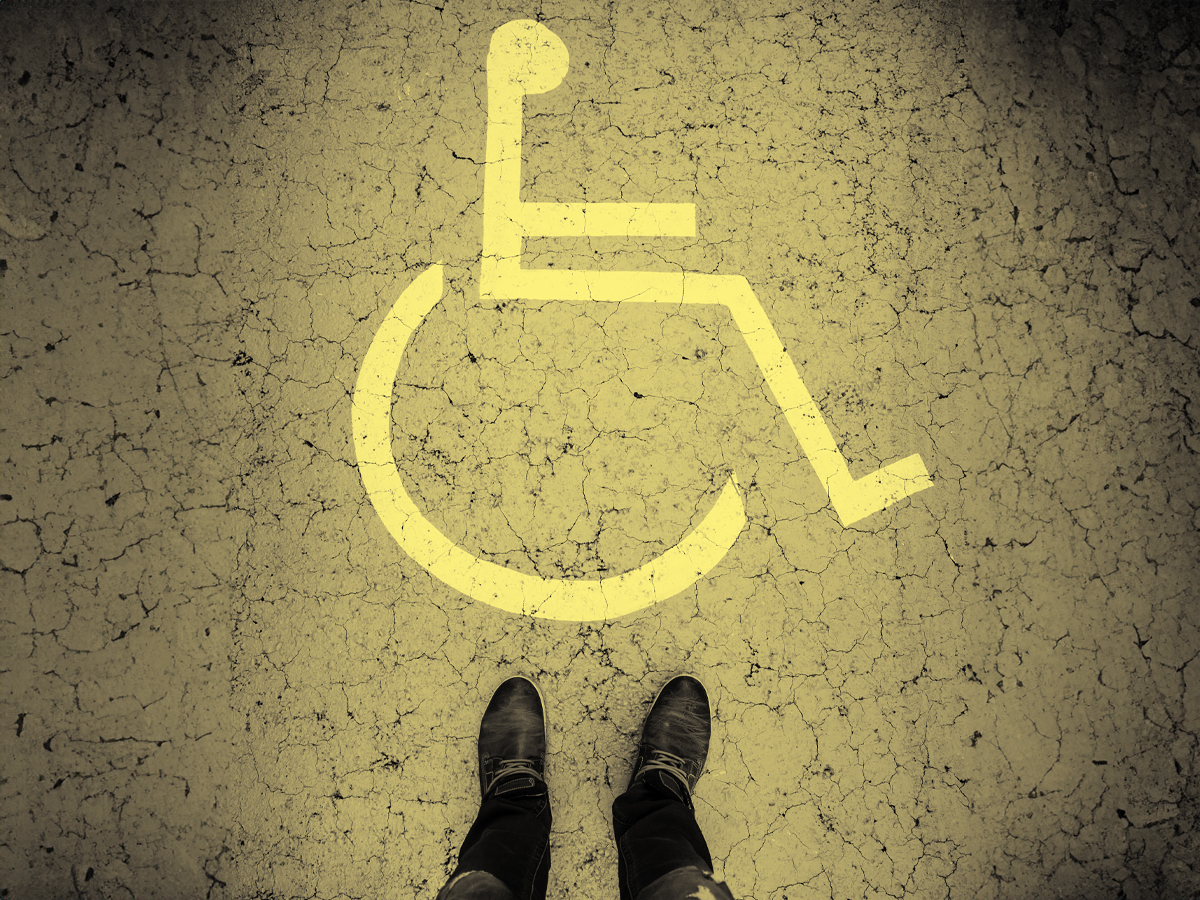Australians with disability have lower average incomes, higher rates of unemployment and housing struggles that are driving inequality, according to new research from the Actuaries Institute.
The paper, ‘Not A Level Playing Field – People with Disability’, revealed that across the population, inequality is significantly higher than in the 1980s, and those aged between 15 and 64 with moderate to severe disability experience higher rates of income and wealth inequality, that impacts their health, education, access to housing and social factors such as chances of being a victim of crime.
Also, that the average income for people with disability is about $24,000 less disposable income than for people without disability. The gap is even wider for people with severe disability – their disposable income is about half that of people with no disability. And this disparity is compounded by people with disability needing an estimated 50 per cent additional income to achieve the same standard of living as people without disability.
There are also significant gaps in home ownership, Year 12 completion rates, and access to buildings and facilities. Homelessness, representation in child protection and reliance on public housing and welfare payments, are also higher for people with disability.
“Companies need to build disability awareness to create more inclusive workplaces that will help reduce barriers to employment,” actuary Dr Laura Dixie said. “Given Australia’s current period of low unemployment rates, and with many businesses struggling to find workers, now is the ideal time for companies, and society more broadly, to step up and do their part.”
Actuaries Institute CEO Elayne Grace said: “Despite the challenges, change is afoot thanks to the recent recommendations from the Disability Royal Commission, the establishment of the Australian Disability Strategy 2021-2031, and the upcoming findings from the NDIS review. “We encourage the Federal Government, working with all key stakeholders, to seize this chance Australia has to make potentially profound change for people with disability and their families.”
The paper supported the existing movement from a medical model of disability to social and rights-based models. While a medical model defines people based on their impairment, the social model focuses on how people with disability interact with broader society and the barriers that inhibit participation in areas such as community, employment and education. A rights-based model considers the rights of people with disability and allows them to design services to meet their needs.
The paper also called for improved data collection and the use of linked data to better understand disability within Australia to inform potential solutions.

